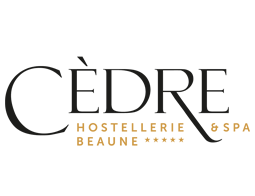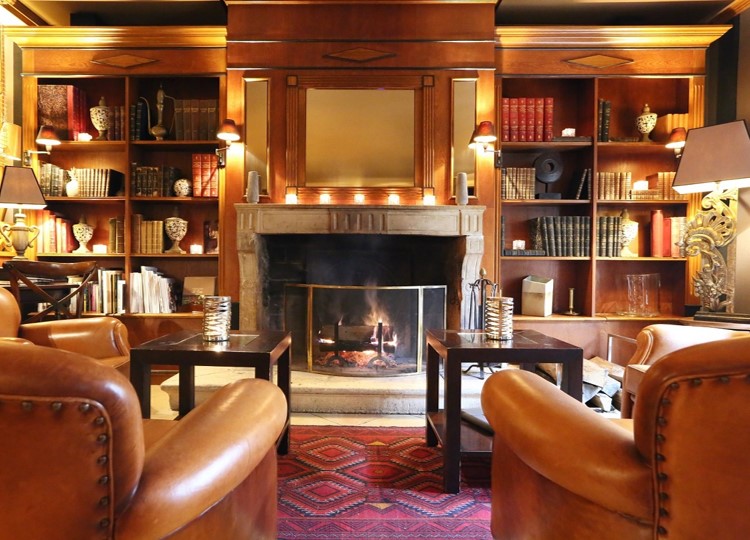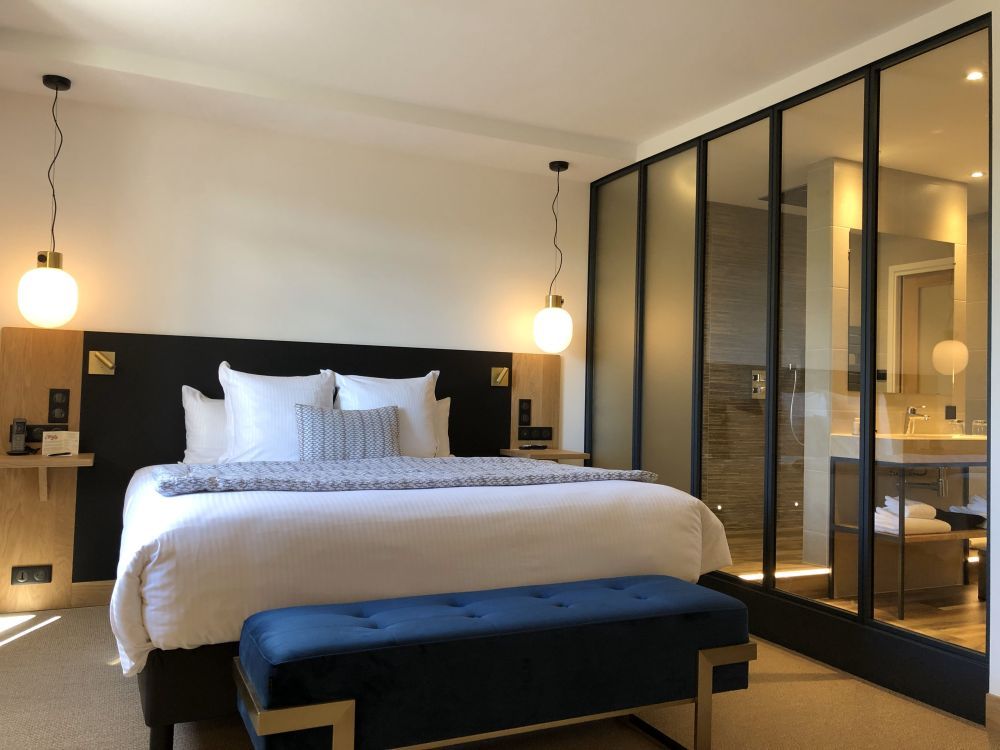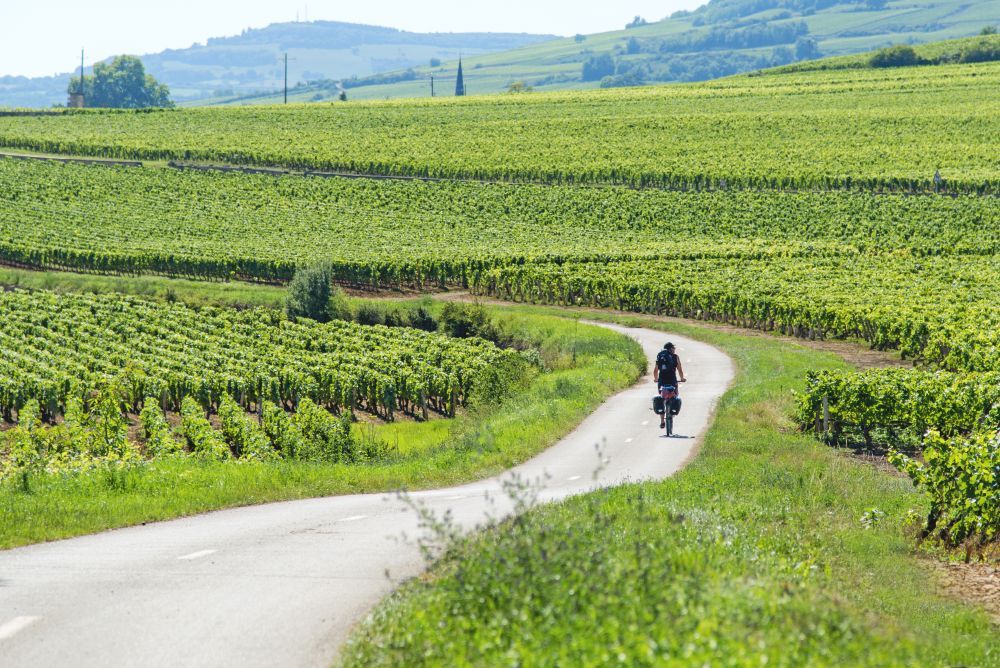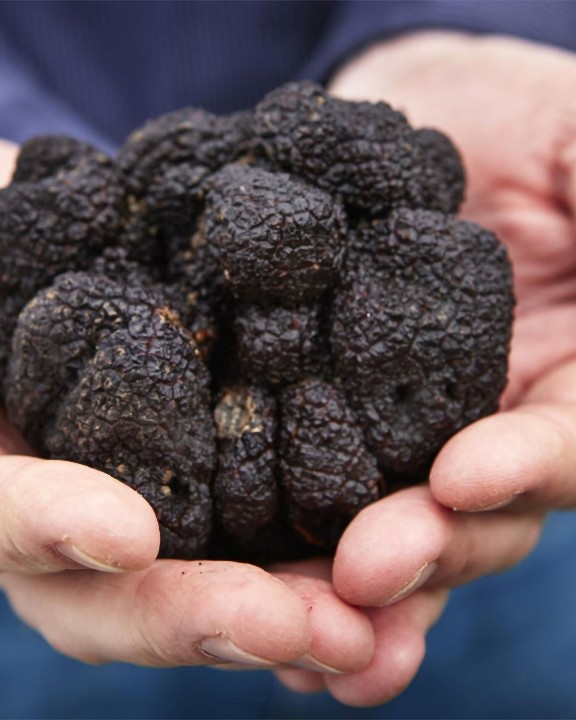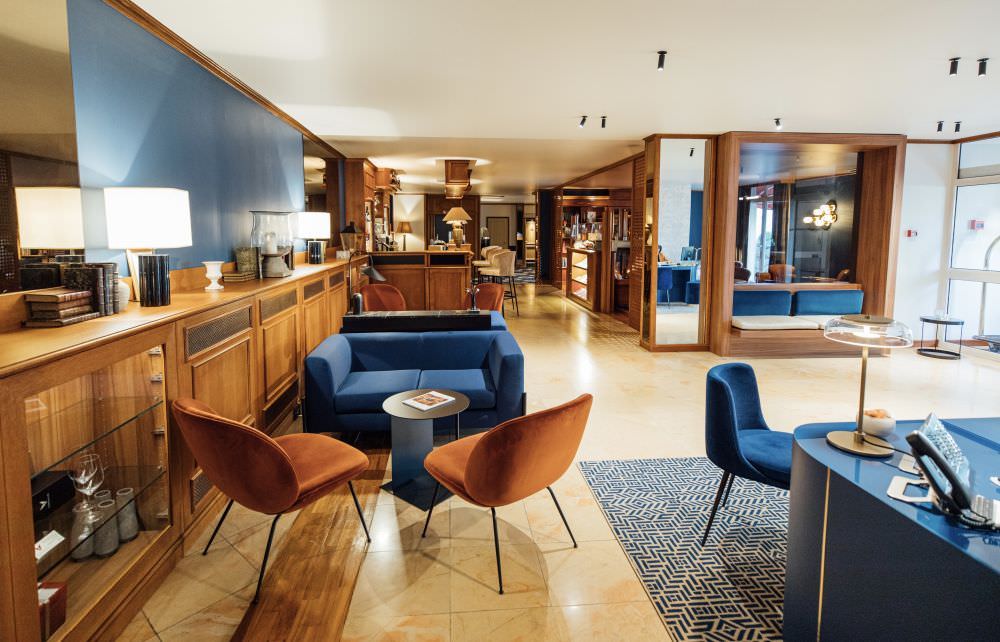 All Articles
Destination
Discovery
Event
Gastronomy
Hotel
Interview
Portrait
Urbanism
Well-being
All Articles
Destination
Discovery
Event
Gastronomy
Hotel
Interview
Portrait
Urbanism
Well-being
 Gastronomy
Gastronomy
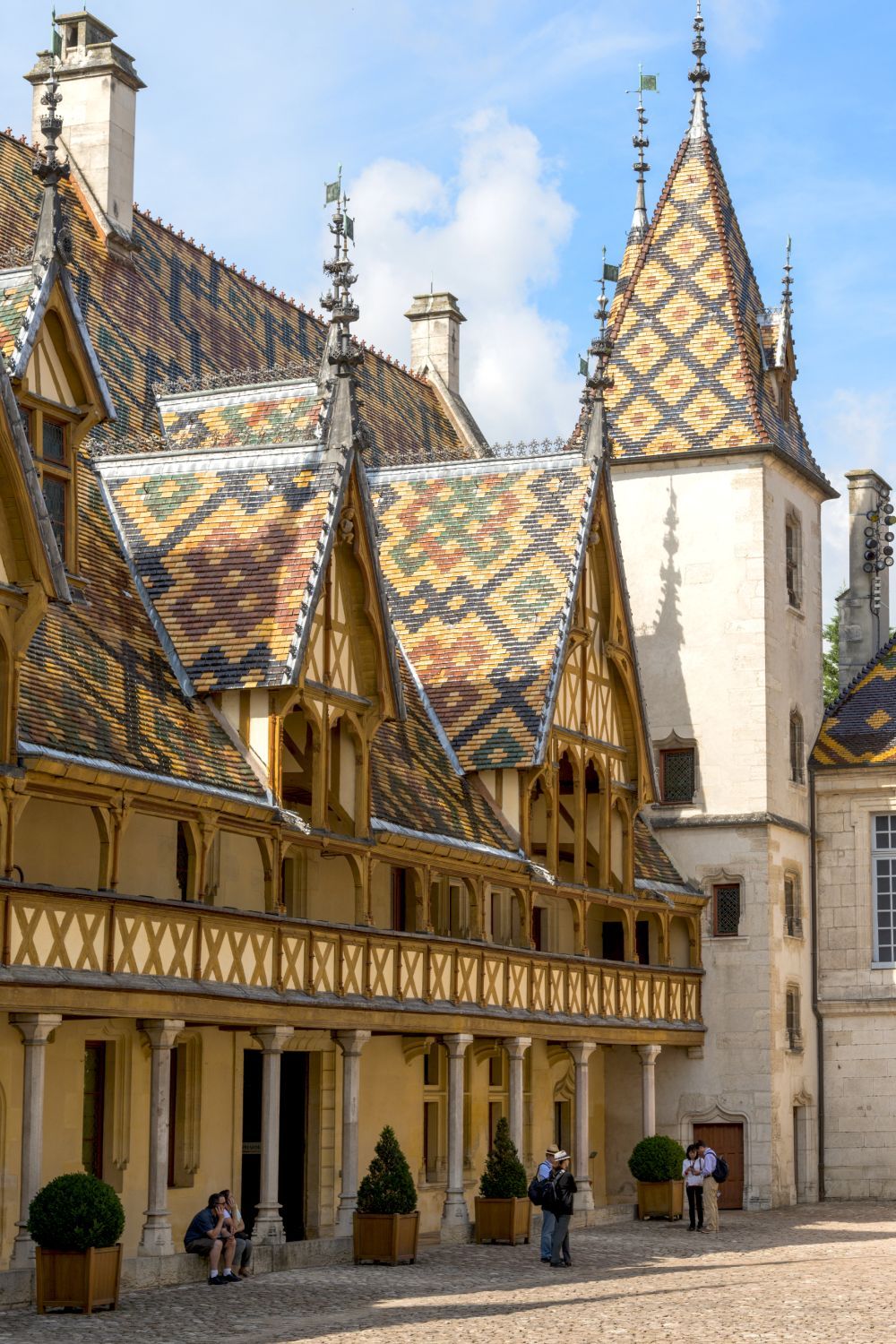
Despite being one of the symbols of Burgundy, these multicoloured roofs only appeared in the region at the start of the 14th century, several hundreds of years after their first appearance in Ile-de-France. Although they come in every size and colour, traditionally the glazed Burgundy tiles are rectangular and flat, monochrome or decorated with motifs, and generally diamond-shaped. Made of clay, formerly the tiles were coated with a lead-based glaze which gave them their colouring when fired at high temperatures. As status symbols, these glazed tiles were used to cover the roofs of cathedrals, abbeys, princely residences and other Bourgeois properties until the 17th century before becoming an emblematic regional symbol when they were rediscovered by the first architects of Historic Monuments in the mid 19th century.
These remarkable glazed tiles can be admired, in particular, at the Hôtel-Dieu of Beaune as well as on the roofs of the Châteaux de La Rochepot, of Santenay and of Corton André, which boast the finest examples. Without forgetting of course, the Saint-Bénigne cathedral and the Hôtel du Vogué in Dijon, which organises guided visits of the city’s multi-coloured roofs.
And what’s more, the art of glazed tiles can be seen throughout the world, in Europe, Africa and Asia, with noteworthy examples on the roofs of the Saint-Etienne cathedral in Vienna, Austria, the Al Quaraouiyine mosque in Fès, Morocco, and the Wat Pho temple in Bangkok, Thailand. Today, there remains only one artisan tile-maker in Burgundy: the Tuilerie Laurent. Founded in 1862, this small family business has just passed into the fifth generation and thus continues to perpetuate its unique savoir-faire. A fascinating visit in store if you are passing anywhere near the village of Nan-sous-Thil!
To contact reception, speak to the concierge or make a reservation, click on the bell.

